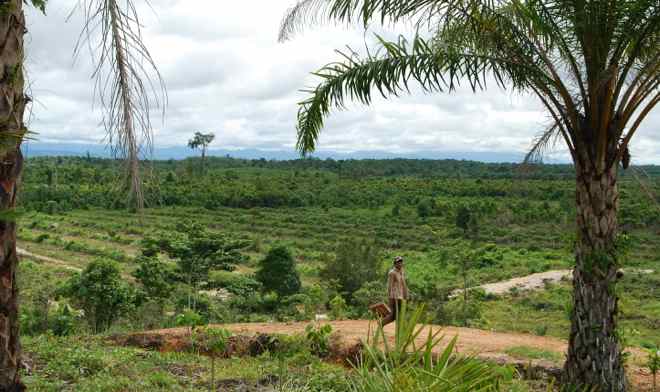In athletics, when a team has been under-performing for a long time, a new coach often takes over by implementing changes in process: how the team practices, player diets and curfews, the tactics used during the game. Doing things the “right way,” or “sticking to the plan” is emphasized. But as the team improves, and as the pressure from the fans mounts, the coach must make a key pivot in what he tells his players. It’s not good enough to just do things the right way anymore: now the team has to start winning games.
Third party standards (e.g. UTZ certified), commodity roundtables (e.g. RSPO and Bonsucro), and general codes of conduct are increasingly shaping the processes many agribusinesses employ. But as the pressure mounts on these companies to produce more sustainably, a similar pivot from process to results is happening within voluntary sustainability standards. This difficult transition is made even more complicated by the fact that unlike athletics, in agricultural sustainability there is no rule book that defines what it means to “win.” The standards themselves have to both set the goalposts and determine how achievement will be measured or observed consistently across all the different fields that agriculture is played on.
Moving to Measuring
To assist these standards and roundtables with this critical pivot, a focus group organized by EcoAgriculture Partners and Rainforest Alliance during the International Congress for Conservation Biology in July 2013 explored the goals, evaluation methods and tools currently used or in development within the many standards and organizations working on agricultural sustainability.
Some standards have begun to set the goalposts, but are struggling with how to consistently evaluate producers against the new rules. For example, the Roundtable on Sustainable Palm Oil (RSPO) has established six outcome areas towards which it is working: 1) zero deforestation, including of peatlands; 2) zero greenhouse gas emissions; 3) landscape level cumulative impacts of certification; 4) replacement of highly hazardous pesticides; 5) water and soil conservation; and 6) improved transparency and avoidance of forced labor. To determine how best to measure impacts in these six areas, RSPO’s Socially and Environmentally Responsible Oil palm Research (SEnSOR) program is carrying out a series of studies to fill knowledge gaps in the areas of soil and water; greenhouse gases and air quality; biodiversity; participatory processes and rights; and livelihoods.
Meanwhile, several other organizations are operating at the cutting edge of tools and methodologies for measurement. Mobile devices and cloud-based data management systems are facilitating Rainforest Alliance’s efforts to scale-up and standardize this data collection, more easily covering a variety of crops and geographies. The Fieldprint Calculator, developed by the Field-to-Market Initiative, draws on datasets and methodologies from the USDA Natural Resources Conservation Service and others to inform farmers about how their management decisions influence efficiency and environmental impacts. And the World Resources Institute has built spatial tools to track forest cover change and prioritize areas for conservation, with potential applications for monitoring of sustainability standards and for landscape-level planning.
Bringing it Together
As standards proliferate, it is critical that the companies using them stay on the same page. Efforts to coordinate are growing. For instance, ISEAL Alliance, a membership organization, is leading an effort to build shared evaluation frameworks and institute collaborative research agendas to foster synergistic agendas and more resounding impact. And specifically for cocoa, the World Cocoa Foundation’s CocoaMAP serves as a data aggregator that can serve as the basis for developing common indicators and methodologies as well as better aligning those already in existence.
These are all significant strides towards achieving more cohesive standards of sustainability within supply chains, and actually evaluating the extent of their effectiveness. Yet it still leaves us with questions. For instance, when is it possible to apply standards and their evaluations at the landscape scale? How do we establish goalposts and evaluate impacts that occur beyond the farm scale? Only through increased collaboration on data sharing and knowledge generation, can we hope to get closer to an answer.













